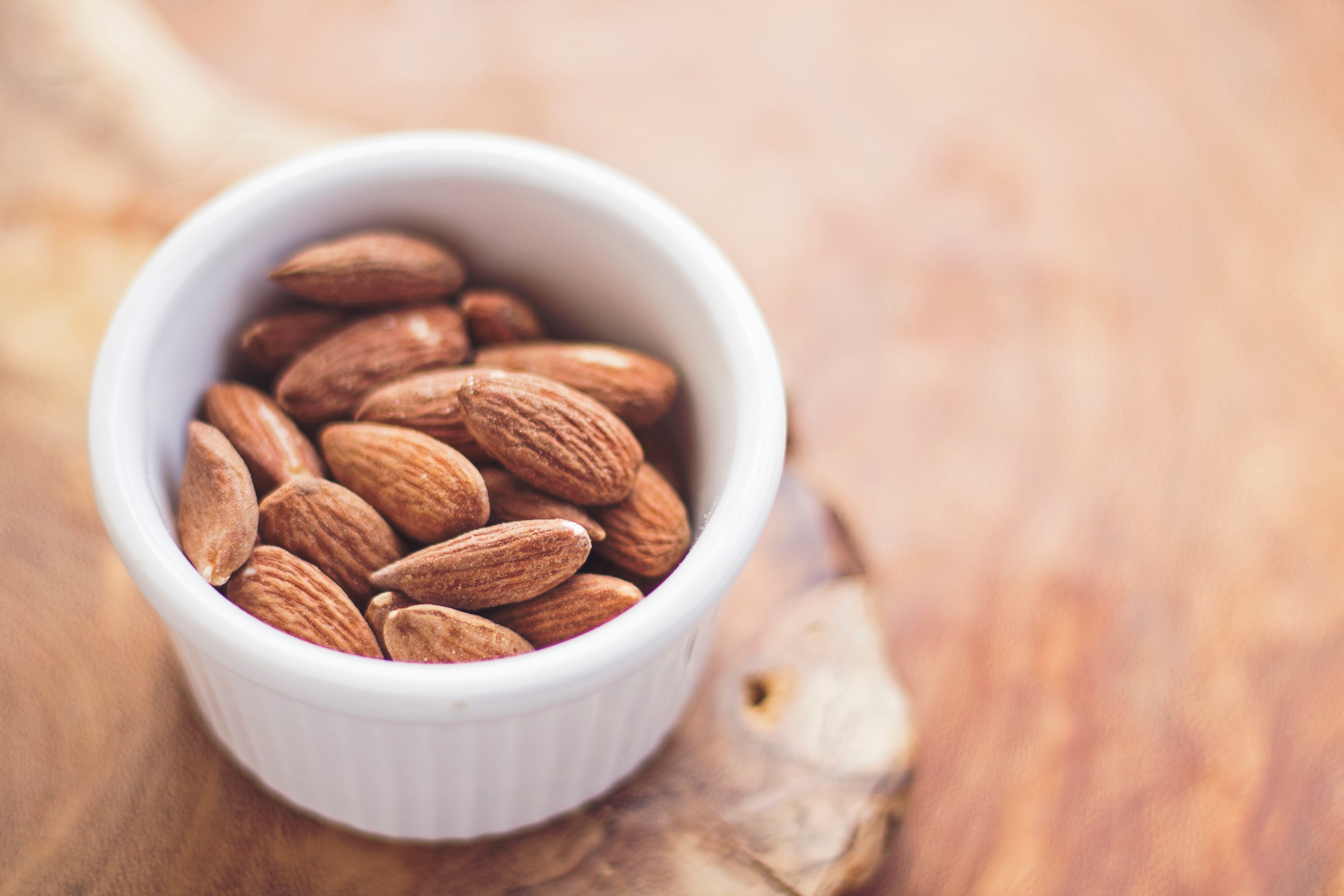Do you read nutrition labels? If so, you have probably noticed some changes to the nutrition label in the last couple years. While there is still a lot of information packed into a small space, some parts of the label have been modified to make them more noticeable and other parts have been removed. How can you use the nutrition label to make healthy choices for managing diabetes? Read on!
Serving Size
The serving size is listed in a large font on the new labels to catch your attention. This is a great place to start because the amounts of all of the nutrients on the label are specific to that amount of food or beverage. For example, if a cereal box says that a serving is ¾ cup of cereal, all of the nutrients listed, such as fat, carbohydrate and protein, are the amounts in ¾ cup of cereal. If you eat 1 ½ cups of cereal, you would multiply all of the numbers by 2.
The calories in our foods and beverages come from fat, protein, and carbohydrate. These are the nutrients that affect your blood sugar. They are listed in grams. You may have specific targets for grams per meal or per day of these nutrients from your health care team.
Fat
Fat does not cause large spikes in blood sugar. Having meals that contains fat can help blood sugars to stay more stable. People with diabetes are encouraged to choose unsaturated fats, which are considered heart-healthy fats, but you won’t see these listed on the nutrition label. Instead, you’ll see total fat, saturated fat, and trans fat. Saturated and trans fats are not heart-healthy types of fat. If you subtract the saturated fat and trans fat from the total fat, the remainder of the fat is unsaturated. When reading labels, choose foods low in saturated and trans fats to get more of the healthy unsaturated fats.
Carbohydrates
Carbohydrates have the greatest impact on blood sugar. Just like fat, not all carbohydrates are equal. Sugar and fiber are both carbohydrates but they have very different effects on blood sugar.
Sugar – The nutrition label lists total sugars and added sugars but not natural sugars. Added sugars are sugars that have been added to your food through table sugar, corn syrup, honey, or other sweeteners. Natural sugars are found in some foods, such as dairy products and fruits. If you subtract added sugars from total sugars, the remainder is natural sugars. While all types of sugar will be converted to blood sugar relatively quickly, foods that are high in added sugars are often more processed and less healthy.
Fiber – Fiber slows down the movement of food through your digestive tract. This can help to keep blood sugars stable. Foods that are naturally high in fiber include whole grains, fruits, vegetables, beans, and lentils.
Total carbohydrate is the combination of sugar, fiber, and other types of carbohydrate, such as starch. It’s important to look at the total carbohydrate category, especially if you have a carbohydrate target for each meal or day. Since there are different types of carbohydrate, you’ll probably notice that a food high in sugar will increase your blood sugar more quickly than a food high in fiber.
Protein
Having protein-based foods at each meal is a great strategy for people with diabetes. Protein does not cause large spikes in blood sugar and it can help people feel fuller for longer. Foods that are naturally high in protein include meat, fish, eggs, soy products, and some dairy products, such as Greek yogurt, cottage cheese, and ricotta cheese.
Sodium
Sodium does not have calories and does not affect blood sugar. However, it can affect blood pressure. Since people with diabetes are at greater risk for heart disease, you may have a sodium target from your healthcare team. Processed foods tend to be high in sodium because salt is used as a preservative. Eating foods that are less processed will help you to eat less sodium.
What about the rest of the label? There are many more nutrients listed, such as cholesterol, vitamins, and minerals. Based on your nutrition goals from your healthcare team, you may have targets for some of those nutrients as well. However, it can be overwhelming to focus on everything. Starting with the nutrients listed in this post will help you to make smart decisions for managing your diabetes.
